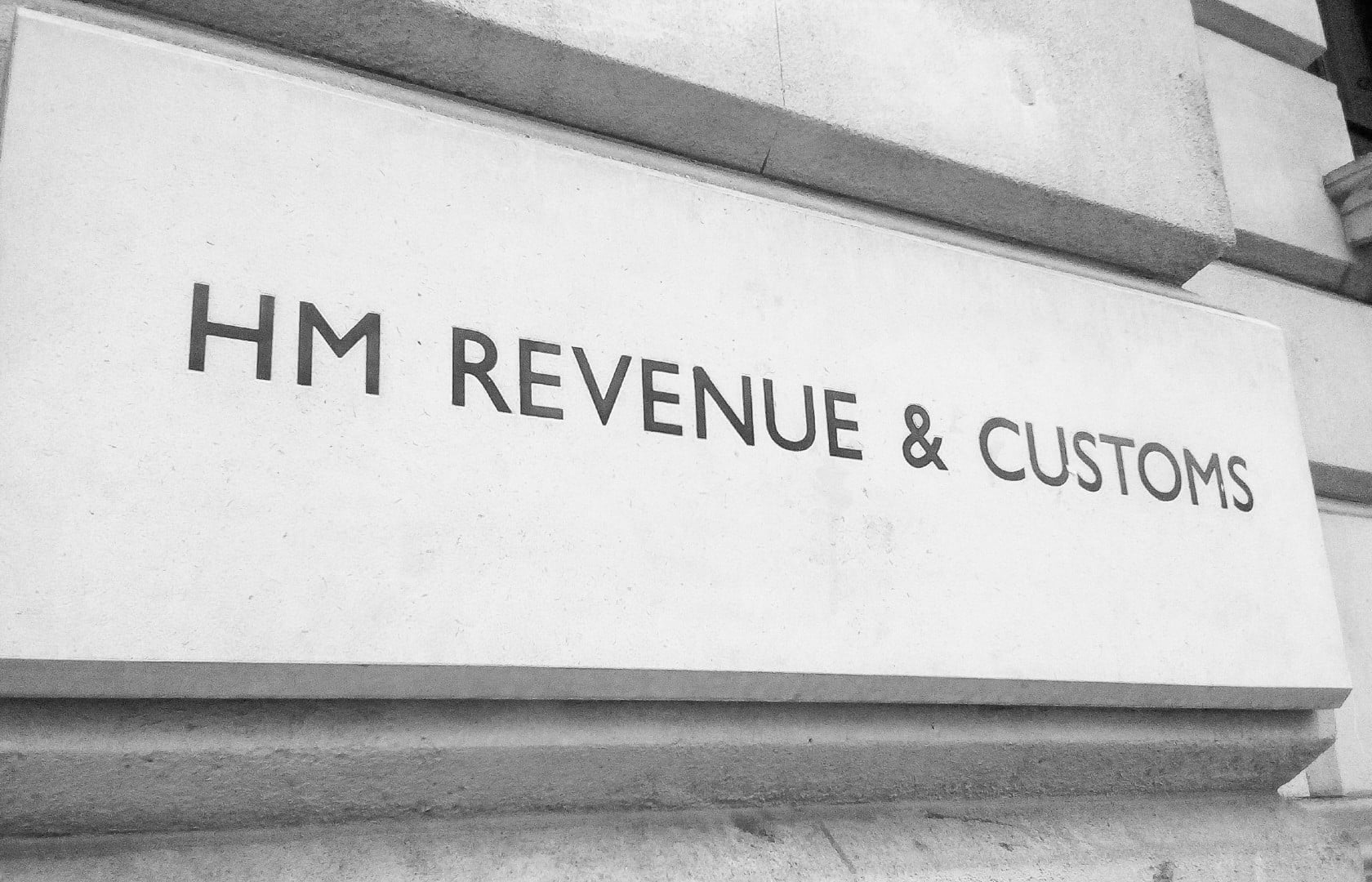HMRC launched their consultation into Employee Ownership Trusts (EOTs) and Employee Benefit Trusts (EBTs) yesterday.
Following the initial announcement that HMRC were planning to consult into the effectiveness of the Employee Ownership (EO) structure, there was some concern that EOTs may have a limited shelf life, however, the consultation makes it clear that EO continues to be encouraged by the Government:
“The key principles underpinning these reforms are to ensure that the favourable tax treatment remain available to those who use EOTs for the intended policy purposes, whilst preventing tax advantage being obtained through us of these trusts outside these intended purposes.”
The objectives of yesterday’s consultation process seem sensible and HMRC appear to be focusing on areas where there has been uncertainty and potentially scope for misuse of the reliefs. We welcome these proposed changes.
HMRC are asking for input from individuals, trustees, business owners, tax advisers, those involved in corporate restructures including business owners and advisers and non-Governmental organisations with an interest in business or tax for their views on:
Trustee issues
The Government wish to seek views as to whether there should be a limit on the number of trustees of an EOT who can be made up by former owners of the business (or those connected with them). Their concern is that it can be questionable whether such an arrangement actually delivers ‘meaningful change’ for the employees of the business. The Government is proposing that the former owners should not control the EOT, although it is proposed that they will still be able to be on the trustee board
This seems sensible in theory, however it will require some careful navigation to ensure that those being appointed will add value and not just be there to make up the numbers thereby allowing the conditions to be met
Trustee tax residency
There is currently a potential loophole which could enable an EOT to be located offshore, and thus potentially escape CGT in the event that a “disqualifying event” occurs. Where such an event occurs in a certain period, the EOT can be treated as having disposed of and immediately reacquired its shares, giving rise to a CGT charge.
The Government are looking at measures to close this potential avoidance loophole and we welcome this proposed change.
Funding issues
Often, sellers are paid for their shares using funds generated by the company over a period of time. As the EOT is the purchaser, they typically require the funds generated by the company to be paid to the EOT by the company, to enable the EOT to then pay the seller for their shares.
As the EOT will be a shareholder of the company, there is a risk that these payments could be treated as dividends in the EOT (and therefore subject to income tax).
HMRC practice is typically for these contributions to be treated as non-taxable, however this is not in set out in law. HMRC intend to put beyond doubt that the contributions to an EOT will not be taxable. They propose to put this in law. Again, this is welcomed.
Bonus payments to employees
One of the benefits of EOTs is that employees (including directors) can be paid tax free bonuses of up to £3,600 per year. There are strict requirements that need to be met here, and failure to meet these conditions can lead to a withdrawal of tax reliefs. One of these conditions is that all employees (including directors) must be treated equally (meaning they must all be able to benefit).
HMRC wish to consult on these rules, specifically with a view to relaxing them to enable awards to be made to employees, but not necessarily to directors at the same time. Again, this is a sensible proposal and should provide more flexibility to EO businesses who are looking to incentivise their employees.
Summary
In summary, the announcements in the consultation appear to be sensible, and should bring welcome change, clearing up areas of uncertainty.
The consultation process is open for 10 weeks until 25 September 2023.
We will be participating in this and feeding our views back to the Government and providing updates as and when they arise.







